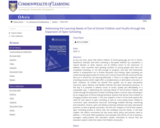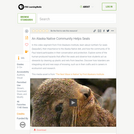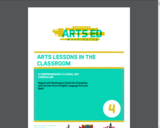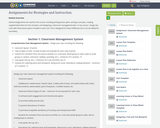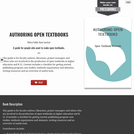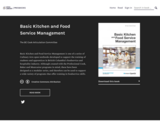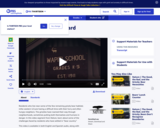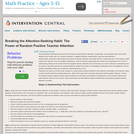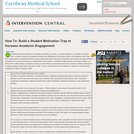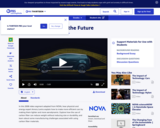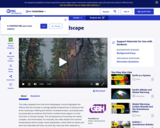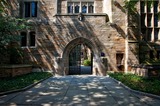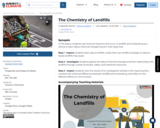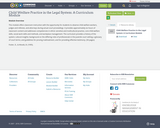SYNOPSIS: In this lesson, students use chemical reactions that occur in landfills and composting as a vehicle to learn about chemical changes found in their daily lives.
SCIENTIST NOTES: Students learn how to distinguish between physical and chemical changes in matter through this lesson. They can comprehend the chemical makeup, interactions, and changes that take place in landfills and other waste disposal facilities thanks to the films, articles, and class activity. Disastrous gases like methane are emitted into the atmosphere after the breakdown of various products and materials at waste disposal facilities due to their distinctive chemical properties. The environment and human health are likely to suffer as a result. So, it's crucial to separate these wastes since some of them can be reused or recycled to lower the amount of methane in the environment. Above all, students will be able to create a model for trash management, promote sustainably managed waste, and present solutions to local communities. To prevent injuries in the classroom, the teacher should oversee the balloon activity that involves using objects like banana peels and balloons on bottle mouths, among others. The lesson, including all accompanying materials and videos, has all been fact-checked, and it is appropriate for use in a classroom.
POSITIVES:
-Students work collaboratively in groups and with partners to share diverse ideas and perspectives.
-Students participate in hands-on learning to aid in understanding and participation.
-Students learn through a variety of pathways including kinesthetic, auditory, and visual learning to reach diverse and unique individuals.
-Students are given a variety of optional extensions to create the most meaningful change in their communities.
ADDITIONAL PREREQUISITES:
-Teachers can use this as a multi-day lesson in two to three parts. Each of the Inquire, Investigate, and Inspire sections can be completed on a separate day.
-Teachers can cut the chemical or physical change sorting game cards out prior to teaching the lesson.
-Materials required for the hands-on landfill activity include the following:
-Clear plastic tub (~12-in long × 6-in wide × 5-in deep) (~30-cm x 15-cm x 13-cm) with about 1 inch (2.54 cm) of sand in the bottom
-Clay (~750 cubic cm); this clay does not need to be the high-quality type used for modeling; clayey or silty soil from your backyard works fine
-Sand (~1500 cubic cm) (available at home and garden stores)
-Gravel (~100 cubic cm) (available at home and garden stores)
-~15 cotton balls
-(Optional) Tiny houses and buildings (such as Monopoly game houses and hotels), or any other simple representation to simulate the presence of a town sitting on the sand base
-Materials required for the balloon activity:
-Plastic (or glass) bottles
-Balloons
-Food scraps
-Tape (for securing the balloon around the top of the bottle)
DIFFERENTIATION:
-All hands-on activities can be taught as demonstrations.
-Lab groups may be created with students of mixed abilities.
-Articles may be read in small groups, whole groups, or individually based on students’ needs.
-Students can do the optional activity listed in the Inspire section and complete another balloon activity with food waste.
-Students can explore deeper the differences between methane and carbon dioxide outputs as greenhouse gases in landfills versus composting.
